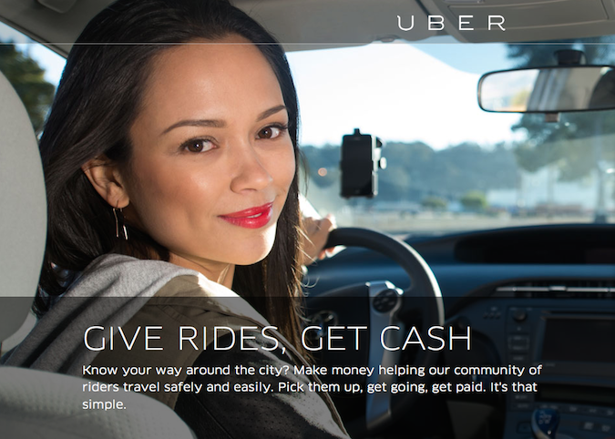The
efficient market hypothesis (EMH) has been around for about half a century. Its tenets are still in dispute, but there's no question that the EMH has had a profound influence on the behavior of capital markets, if for no other reason that powerful participants believe it to be true in at least the
weak and
semi-strong forms [bold added]:
The weak form of EMH assumes that current stock prices fully reflect all currently available security market information....
The semi-strong form of EMH assumes that current stock prices adjust rapidly to the release of all new public information....
The strong form of EMH assumes that current stock prices fully reflect all public and private information.
Your humble observer and stock punter has found the semi-strong form to be operative; whenever a particular stock is touted in a business publication, the price rises before I could buy it at a price that would produce an extra-normal return. By the time he reads the article it's too late for the average investor to join the party.
 |
| Not all drivers are personable young ladies. (Atlantic image) |
Now that the Internet and mobile communications have spawned businesses that were unimaginable a few years ago, these pricing principles have also been found to apply in other marketplaces. Take the case of
Uber, which matches riders to drivers as demand and traffic conditions change. One of Uber's innovations is
surge pricing:
which refers to the practice of charging customers higher prices at peak times. It got a lot of attention during a snowstorm in New York in December of 2013, when rates were massively increased, up to eight times, attracting a flood of negative press and customer feedback.
In Uber supply responds to higher prices quickly, so many experienced drivers don't waste their time chasing them.
"The seasoned drivers don’t pay any attention to surge,” [driver John Sollars] said. “By the time you get to that part of the city, the surge is over. Often, even when I’m sitting dead center in the middle of a surge area, I don’t get a ride request. Then, as soon as the surge is off — bam! — here comes a ride.”
newer and part-time drivers — who account for the vast majority of Uber vehicles — do chase surges. “The online message boards are full of questions about how to get surge pricing,” he said. But Ryder Pearce, co-founder of SherpaShare, which helps drivers analyze earnings, said that many new drivers become disillusioned after chasing surges that end or getting stuck in traffic jams en route.
In the brave new mobile Internet world prices change quickly in response to new information, and achieving above-average returns is difficult.
Eugene Fama is smiling.

No comments:
Post a Comment